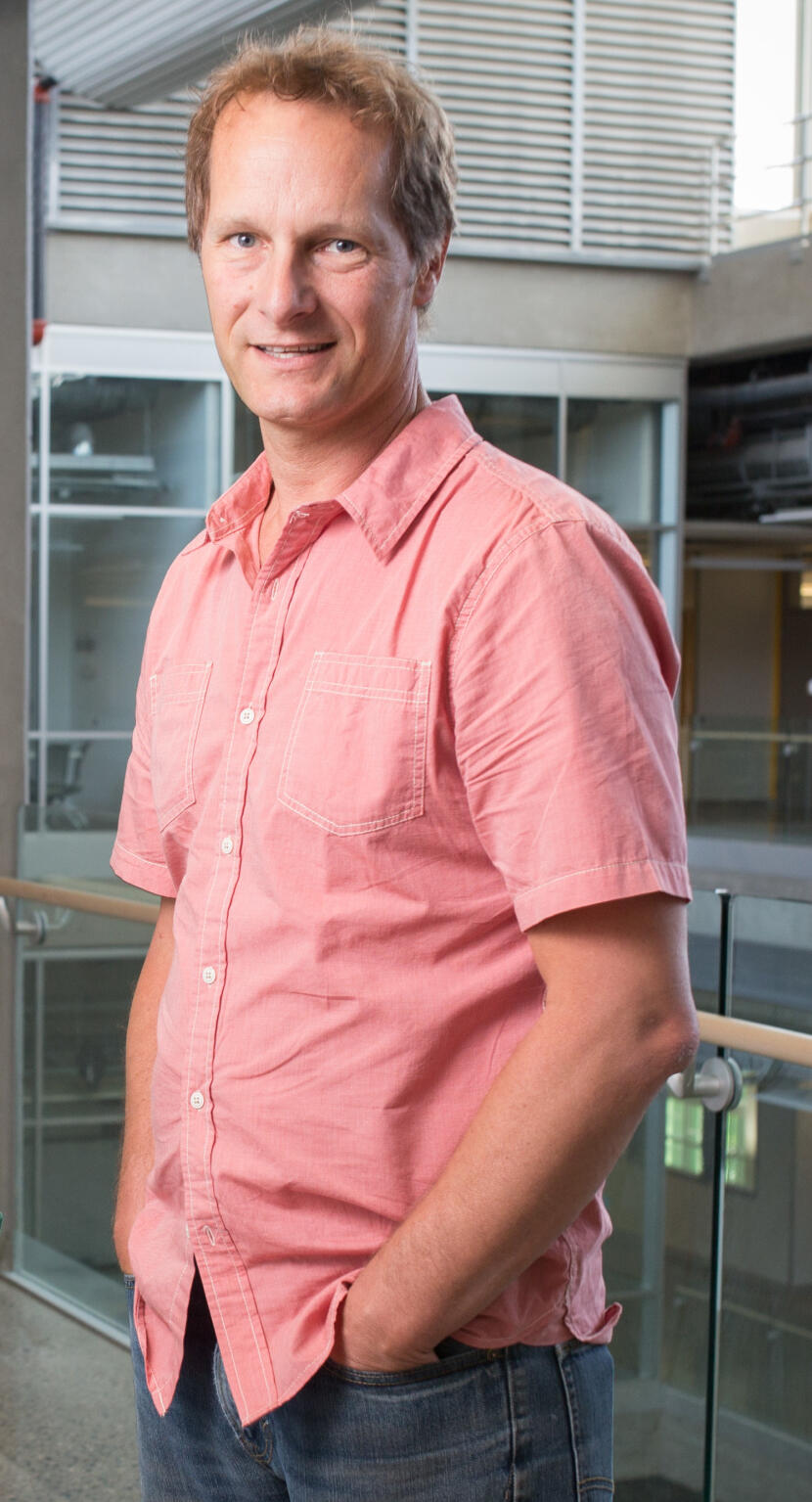
John Yackel
Nov. 10, 2023

Hate to say it but winter is inevitable. The leaves have fallen from the trees, and the green grass even turned into piles of snow in Calgary for awhile. However, this year, there's a climate phenomenon that could disrupt the usual winter cold across North America — an El Niño.
To unravel the mysteries of an El Niño event and gain a deeper appreciation of its potential impact on Canada’s winter, UToday met with Dr. John Yackel, PhD, professor in the Department of Geography.
Q: What occurs during an El Niño event?
A: During an El Niño event, the normal Pacific Ocean atmospheric and ocean circulation reverses its normal pattern. This reversal causes an exceptionally large amount of warmer-than-normal surface water to flow eastward with the tradewinds across the equatorial Pacific Ocean, from Southeast Asia to Central America.
This warmer ocean water leads to a southward shift in the normal position of the subtropical Pacific jet stream across North America. As a result of this shift, regions in the northern U.S. and Canada experience drier and warmer conditions than usual.

John Yackel
Q: OK, what occurs during a La Niña event?
A: La Niña is literally the opposite of El Niño. La Niña occurs when normal atmospheric and ocean circulation in the Pacific Ocean becomes ‘stronger’ than normal. In such situations, the tradewinds cause colder-than-normal ocean surface water to move westward from Central America to Southeast Asia
Q: How long do El Niño and La Niña events last?
A: Both El Niño and La Niña events typically last between nine and 12 months, although sometimes they can last for years. Both El Niño and La Niña occur every two to seven years, on average, but they don’t occur on a regular schedule. Generally, El Niño occurs more frequently than La Niña. The occurrences depend on atmospheric and oceanic circulation pattern changes.
Q: How does El Niño affect Canada, and what changes does it bring to the different provinces and territories?
A: El Niño events typically lead to warmer and drier conditions in Western Canada, including the Yukon, British Columbia, Alberta, and often much of western Saskatchewan during the winter season.
Q: Is El Niño affected by climate change? Or vice versa?
A: El Niño (and La Niña) events have been occurring for thousands of years, long before humans first began producing significant quantities of greenhouse gases that trap extra heat in our atmosphere. However, human-caused global warming undoubtedly magnifies the effects and impacts of El Niño and La Niña events, including the general winter warmth and dryness in Western Canada and intensity of storms in the southern US.
Q: What can Canadians expect from the 2023/2024 El Niño?
A: It remains unclear whether the current El Niño event will be mild, like in the winter of 2018/19, or long and strong, like in the winter of 2015/16. However, most models as of early November suggest a moderate-to-strong El Niño, with a peak between November and February, persisting at least until April, if not longer.
